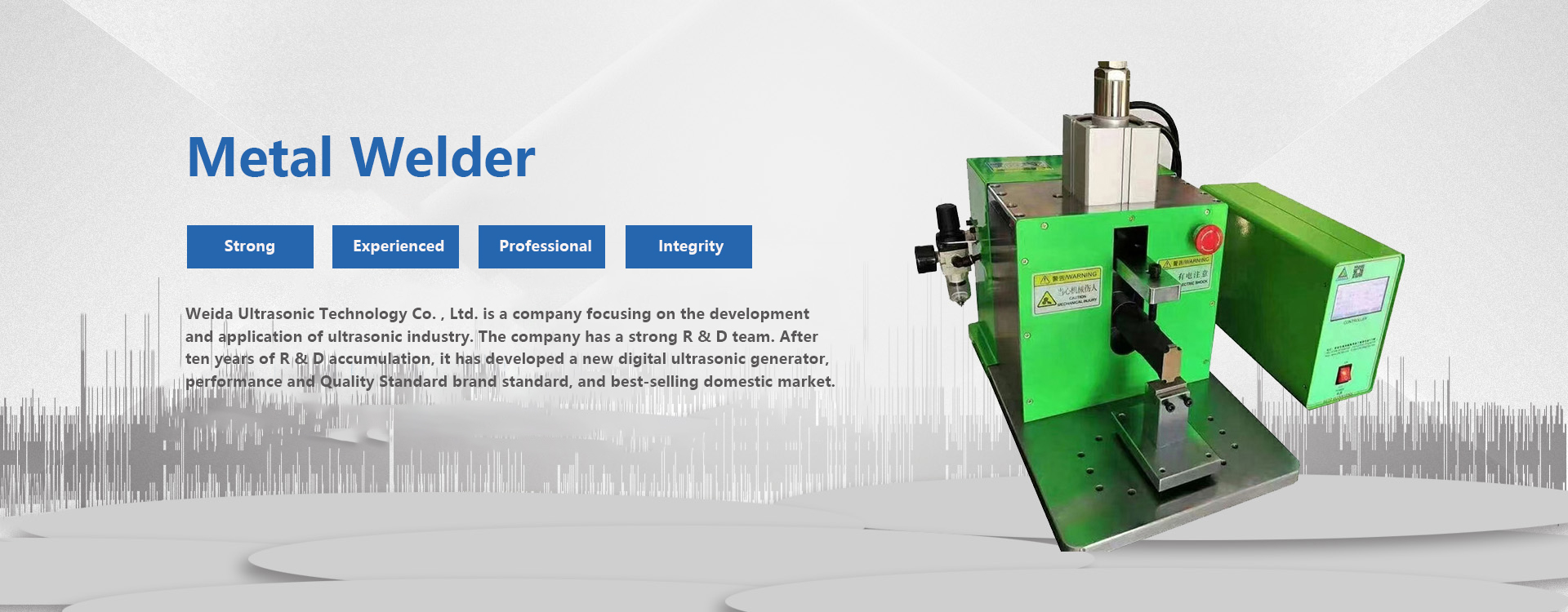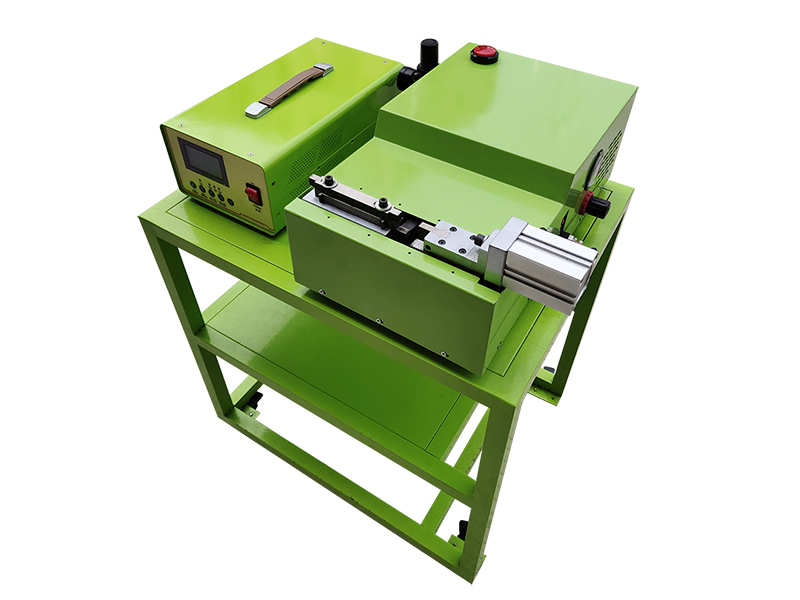First, tool inspection method
The test light inspection concept is more suitable to check the defect condition of the wire break. The use of temporary light test method should pay attention to the power of the test light should not be too large, and it should be particularly robust when checking whether the control output terminal of the electronic controller can have an output and whether it can have a satisfied output, to prevent the overload of the controller from being damaged.
Second, visual inspection method
When a local defect occurs in the automobile electrical system, it will present abnormal phenomena such as smoke, spark, abnormal noise, scorch odor, and high temperature. After hearing, touching, smelling and looking at the human body's sensory organs, the car wiring harness and electrical appliances are stopped for visual inspection, and then the address of the defect is identified, and then the maintenance speed is greatly improved. For example, when the car line has defects, it often presents abnormal phenomena such as smoke, sparks, abnormal noise, burnt odor, and high temperature. Through visual inspection, the location and nature of defects can be identified flexibly.
Third, wire crossover inspection methods
The crossover method means that a wire will be suspected of defective line short, query the surface pointer changes or electrical equipment working conditions, and then determine whether there is a break or poor contact defect in the circuit. Crossover refers to the operation of connecting two points of the circuit with a wire, and the potential difference between the two points of the circuit is zero, not a short circuit.
4. Instrument surface inspection method
The method of using the surface of the instrument such as general defect diagnosis instrument, multimeter, wave detector and current clamp to confirm the circuit defect of the car. For cars with electronic control system, the general defect diagnosis instrument is commonly used to find the defect code to confirm the vehicle defect planning; Then use a multimeter, current clamp or wave detector to check the voltage, resistance, current or waveform of the relevant circuit to confirm the defect point of the wire harness lead.


 中文(简体)
中文(简体) 


 Wechat
Wechat